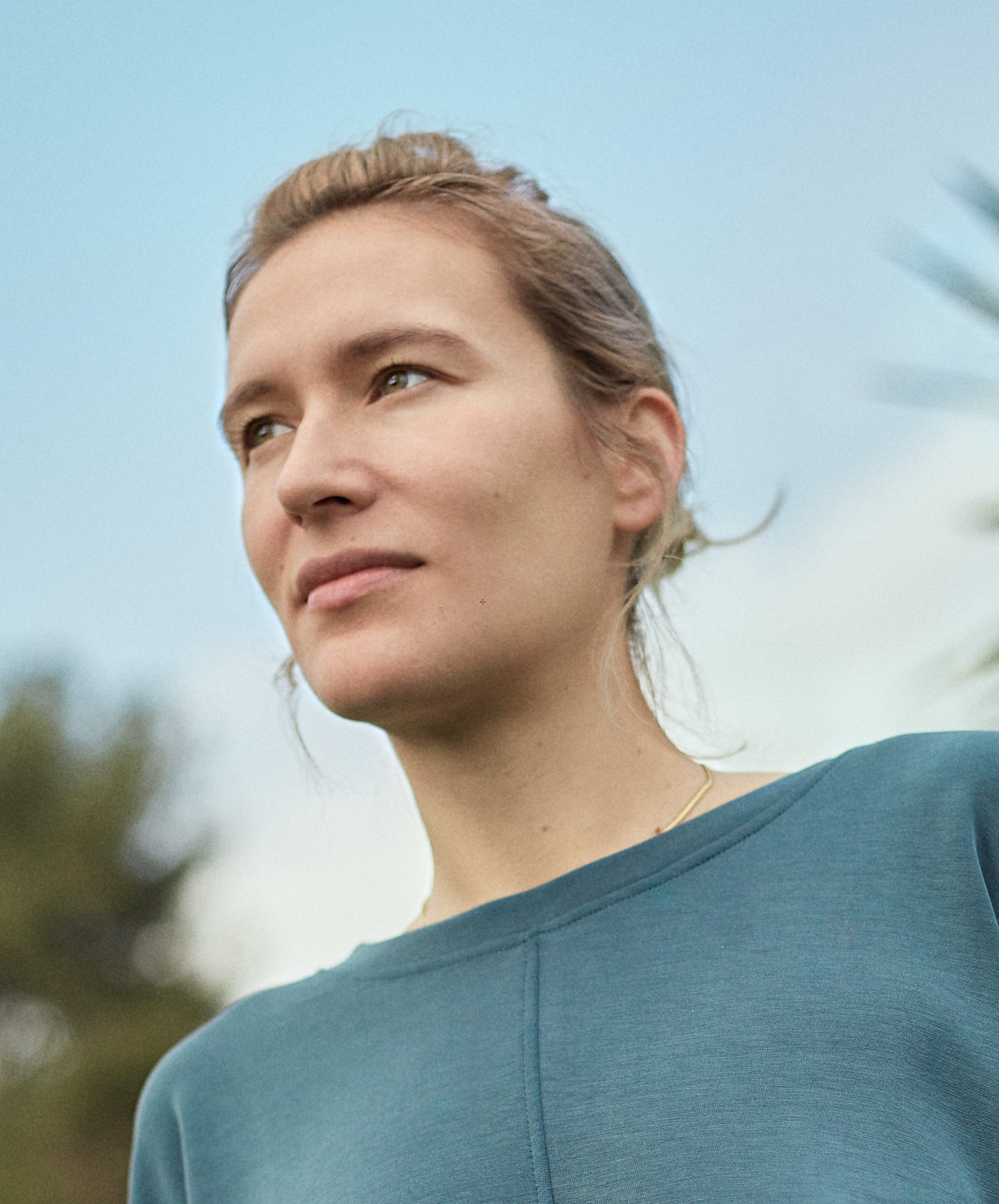Why are dystopias so compelling? First popularized in literature (Aldous Huxley’s Brave New World) and cinema (Fritz Lang’s Metropolis), this genre is now proliferating on our screens, thanks to series such as Black Mirror and The Handmaid’s Tale, t...




